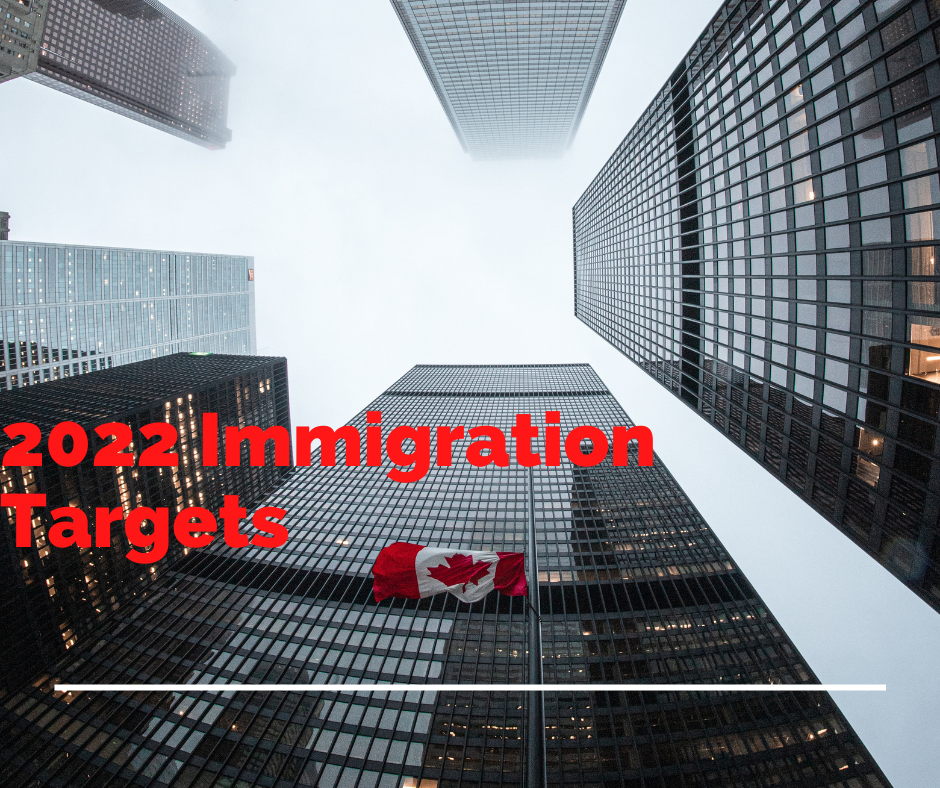IRCC (Immigration, Refugees and Citizenship Canada) today published the procedural guidelines for assessing the recently admitted TR to PR (Temporary Residence to Permanent Residence) pathway applications. In yet another move to make Immigration processing transparent and simple, IRCC came out with the assessment regulations for the 4 new pathways-
- Temporary public policy to facilitate the granting of permanent residence for foreign nationals in Canada, outside of Quebec, with recent Canadian work experience in essential occupations
- Temporary public policy to facilitate the granting of permanent residence for French-speaking foreign nationals in Canada, outside of Quebec, with recent Canadian work experience in essential occupations
- Temporary public policy to facilitate the granting of permanent residence for foreign nationals in Canada, outside of Quebec, with a recent credential from a Canadian post-secondary institution
- Temporary public policy to facilitate the granting of permanent residence for French-speaking foreign nationals in Canada, outside of Quebec, with a recent credential from a Canadian post-secondary institution
Noteworthy is the fact that the International student pathway snapped shut within approximately 25 hours of opening to submissions on the 6th of May 2021 noon. This specific pathway had been opened for approximately 40, 000 international graduates and was to close in November this year.
The new assessing guidelines state that all applications received must be complete on the following eligibility factors-
- Legal Entry into Canada and status as Temporary Residence-Principal Applicant must have valid status and be physically present in Canada at the time of application as well as when application is approved.
- Official language Proficiency– The applicant must have an original test report from a designated provider and meet the minimum language requirement as per the stream that they qualify under. Anyone who has applied with an explanation that the test has either not already been taken, or with a test result that is more than 2 years old, will in all probability be rejected
- Current Work– The Applicant must be currently employed (as on date of application), undertaking authorized work in any NOC Code and getting paid a salary or commission for this work. Self employed does not count as valid work unless working as a doctor in a fee for service contract with a medical authority
- Intent to Reside outside of Quebec– The applicant must satisfy the officer that they will reside outside of Quebec, though any doubts will come under procedural fairness and the officer will grant the applicant a chance to clarify all doubts
- Qualifying work experience– In all the streams related to Health Care and Essential workers Non-Health Care (English and French), the onus is on the applicant to show at least 1 year of authorized full time work experience in the last 3 years in Canada. The work experience could be a culmination of multiple work periods. They should have earned salary or commission for this work and should be in an occupation mentioned in Annex A or B for the respective streams
- Education from a post-secondary Institution– For the international Graduate streams (English and French), the applicant must have been granted a post-secondary credential in Canada after January 2017 and should have completed this study while on a study permit. It should have been completed at a PGWP eligible DLI.
The assessment policy offers a clear picture as to what was required from the applicants while submission and what will be the factors that will be considered during processing by the Immigration Officers.
What remains to be seen though is the outcome of incomplete applications. Will IRCC give the applicants a chance to submit documents again or will the stream be re-opened with refused application slots? Well, Watch Out, There are more surprises in Store for all hopefuls..








